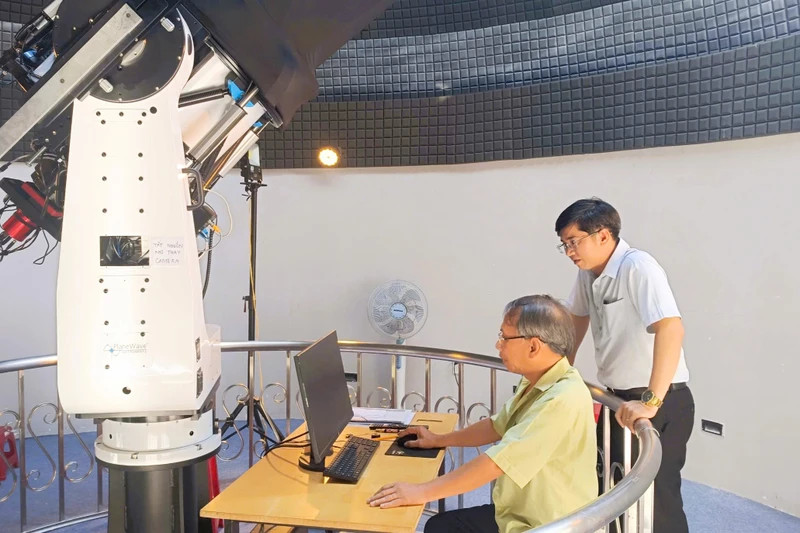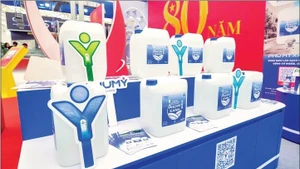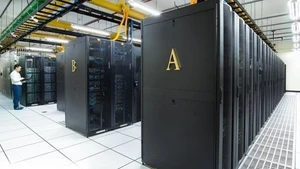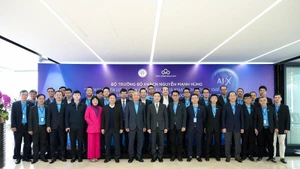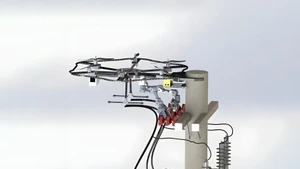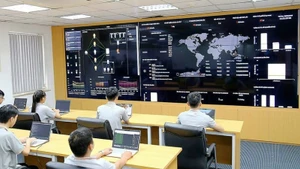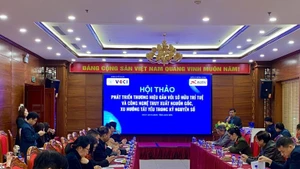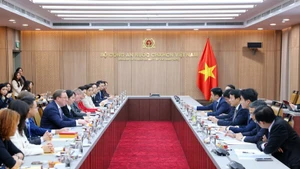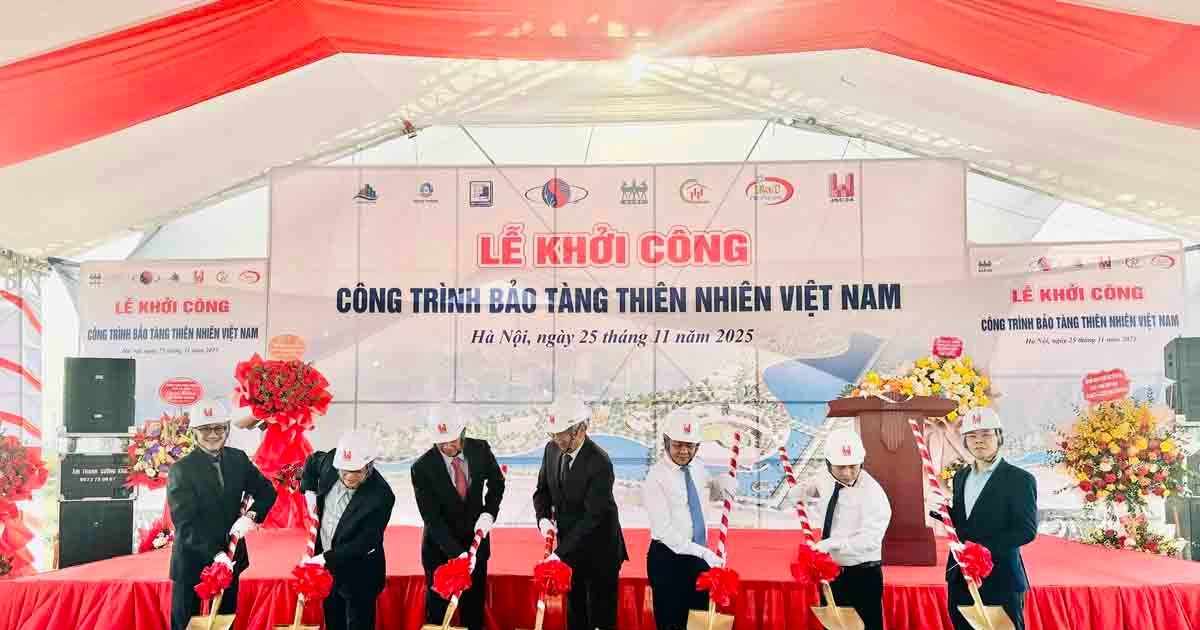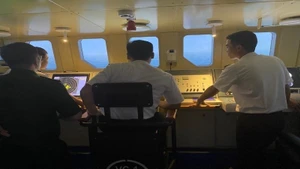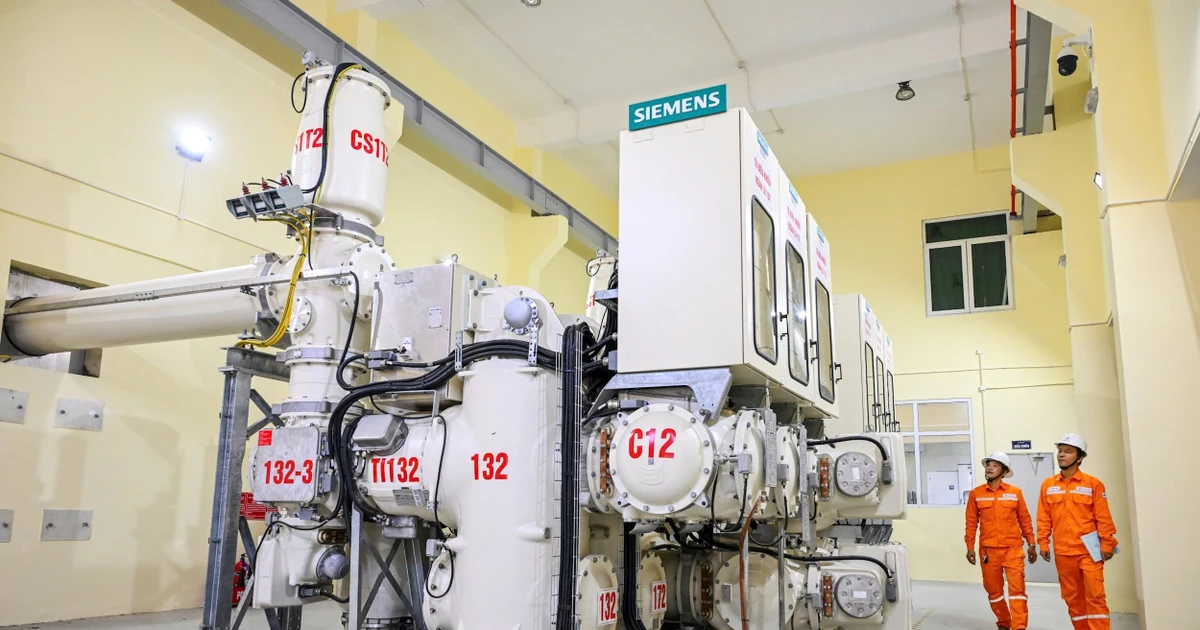In Binh Dinh Province, the construction of the Centre for Research and Application of Space Technologies not only makes an important contribution to the development of science and technology, but is also consistent with the Government’s strategy for developing and applying space science and technology until 2030, promising to bring many development opportunities for the province.
Many development potentials
Binh Dinh is advocating for investing in the construction of the Centre for Research and Application of Space Science and Technologies project with the ambition to train and provide human resources, equipment, and technology in astronomy and space for the whole country and the Asian region.
The project also aims to inherit, link and transfer components, accessories and equipment for astronomy and space. In addition, the province is forming a physics and astronomy research institute and an environmental toxicology research centre to research and serve the activities of early warning of natural disasters and environmental protection.
Currently, the Provincial Center for Scientific Discovery and Innovation is focusing on remote sensing, satellite manufacturing technology, implementing space science, technology topics and tasks, research, technology transfer and reception, training, knowledge dissemination and support for startups towards space innovation.
The centre also has astronomy experts, specialised staff and research groups from the International Centre for Interdisciplinary Science and Education, including the Vietnam Science Association, SAGI International Astrophysics Group and domestic partners, working and researching.
Dr Cao Van Son, Head of the Neutrino Group, Institute for Interdisciplinary Science and Education (IFIRSE), under the International Centre for Interdisciplinary Science and Education (ICISE), said that, established in 2017, Neutrino is the only research group in Southeast Asia participating in two major international physics experiments located in Japan, the Super-Kamiokande experiment and the T2K experiment.
These two experiments play an important role in the discovery of elementary particle physics and astrophysics. The group, together with colleagues in Japan, Canada and other countries, also directly contributed to the development of new monitoring systems. The equipment developed at the IFIRSE Institute is allowed to be installed in Japan to collect data for space research.
“With the help of many physicists and experts around the world, we have gradually formed an international academic environment right at IFIRSE, and have made certain contributions to Vietnamese science with its development directions. The Neutrino Research Group, IFIRSE Institute, can directly contribute to space technology research that the Department of Science and Technology of Binh Dinh Province is aiming for”, Dr Cao Van Son shared.
Dr Nguyen Huu Ha, Deputy Director of the Department of Science and Technology, said that the province is currently considered the center of science and technology in the central region, with great potential for high-tech human resources. Therefore, the development of a programme for research, development and application of space technology in the coming period will contribute to practically and effectively serving the tasks of socio-economic development, resource management, environmental monitoring and natural disasters.
At the same time, research serves the task of protecting the Fatherland following the motto of combining socio-economic development with security and defence tasks, contributing to enhancing the international position, scientific and technological potential and strength of the country.
Specific strategies are needed
With the continuous development of space science and technology, the construction and development of research centres in localities has become an important strategy. However, not all places have the conditions to develop and support interdisciplinary projects of physics, astronomy, biology, environment, etc., to create new values by combining knowledge and techniques from many fields.
Dr Nguyen Quan, Chairman of the Vietnam Automation Association, said that Binh Dinh has experience investing in the construction of scientific-specific projects, such as the International Centre for Interdisciplinary Science and Education, the Centre for Scientific Discovery and Innovation. In these projects, many items are designed related to the aerospace field, such as models of the solar system, observatories for observing the sky, etc.
In the coming time, the province aims to systematically build a center for research and application of aviation and space technology, with the coordination of several research institutes, large universities and specialised associations. From the initial project design stage, it is necessary to correctly calculate the scale, scope of research, investment capacity, operating mechanism, and efficiency of using research products and created technology.
In addition, the issue of high-quality human resources, including scientific management staff, research staff and research service staff, to operate the project and maintain the highest efficiency, also needs to be carefully calculated.
Professor, Doctor of Science, Nguyen Dinh Duc, Vice President of the Vietnam Mechanics Association, said that Binh Dinh Province needs to cooperate closely with the Vietnam Space Center to create specific orientations and characteristics suitable for the locality and region.
In addition, Binh Dinh needs to conduct many comprehensive studies on the development and current status of research and application of aviation and space technology in Vietnam, thereby proposing strategic plans and policies to attract domestic and foreign experts, along with the world’s leading scientists and experts to participate in research cooperation at the center.
Coordinating with universities training in space technology is very important to build and prepare high-quality human resources, capable of implementing research and international cooperation. This not only improves the quality of human resources but also promotes innovation and enhances national competitiveness in the high-tech field.
According to Vice Chairman of the Provincial People’s Committee Lam Hai Giang, Binh Dinh always considers science and technology, education and training as an important factor for rapid and sustainable socio-economic development and a condition to improving competitiveness and creating a favourable environment to attract investment.
In the coming time, the province aims to ensure that the minimum expenditure for science and technology reaches 2% of the total local budget expenditure, and will focus on investing in and developing innovation and startup centers, research organisations, and universities, thereby, supporting and promoting scientific research, technology development and innovation.
According to the provincial master plan for the 2021-2030 period, with a vision to 2050, the province will continue to promote the construction and development of Quy Hoa science urban area to form a regional innovation center in the South Central and Central Highlands regions, along with physics and astronomy research institutes according to the strategy of developing the application of science and space technology.
